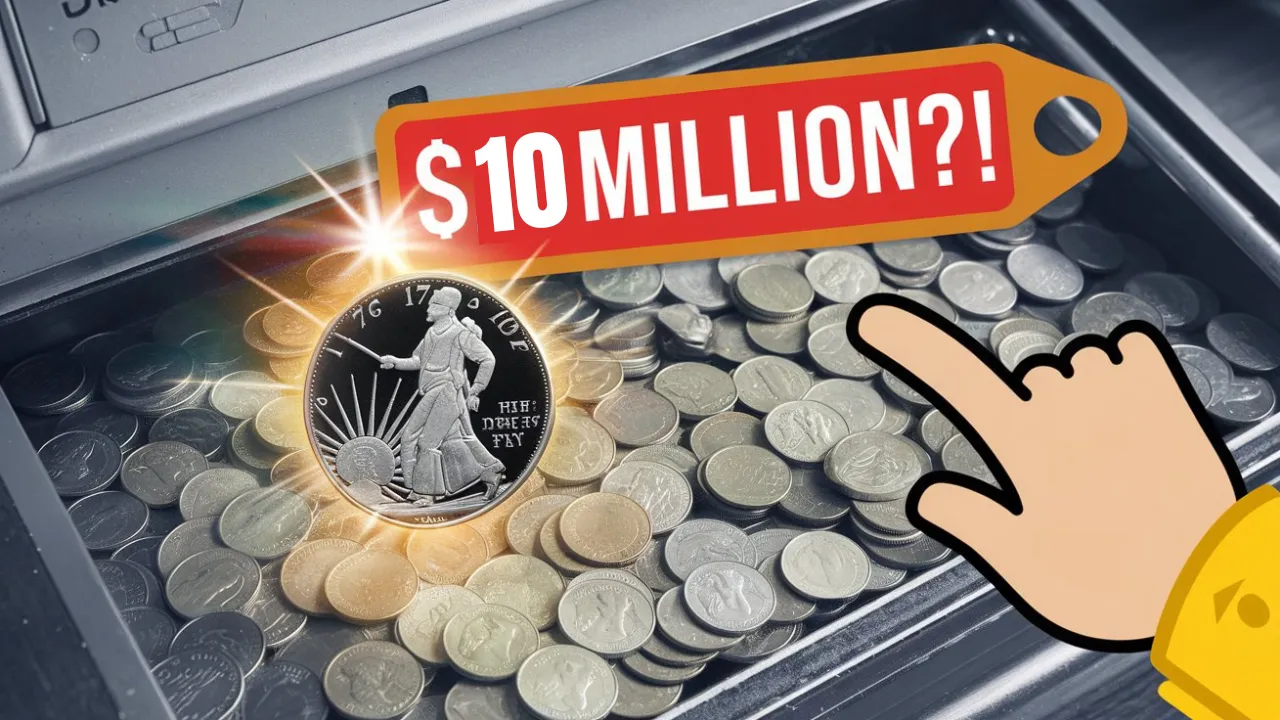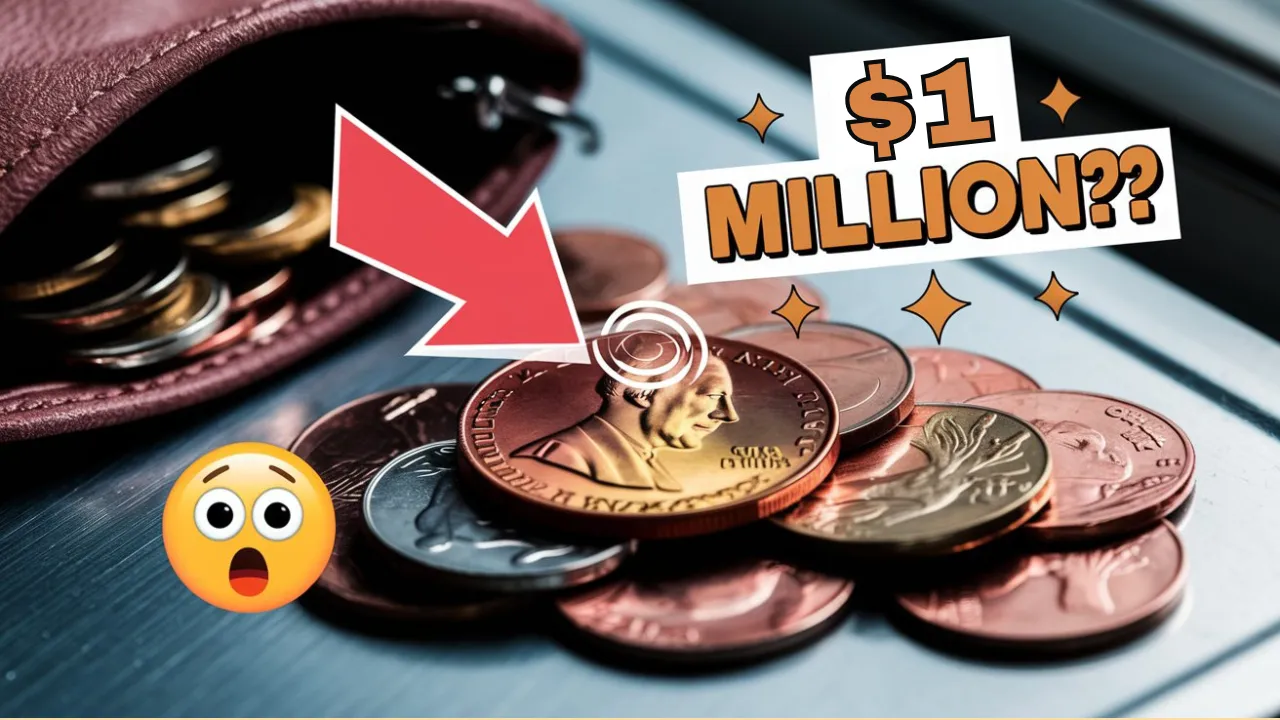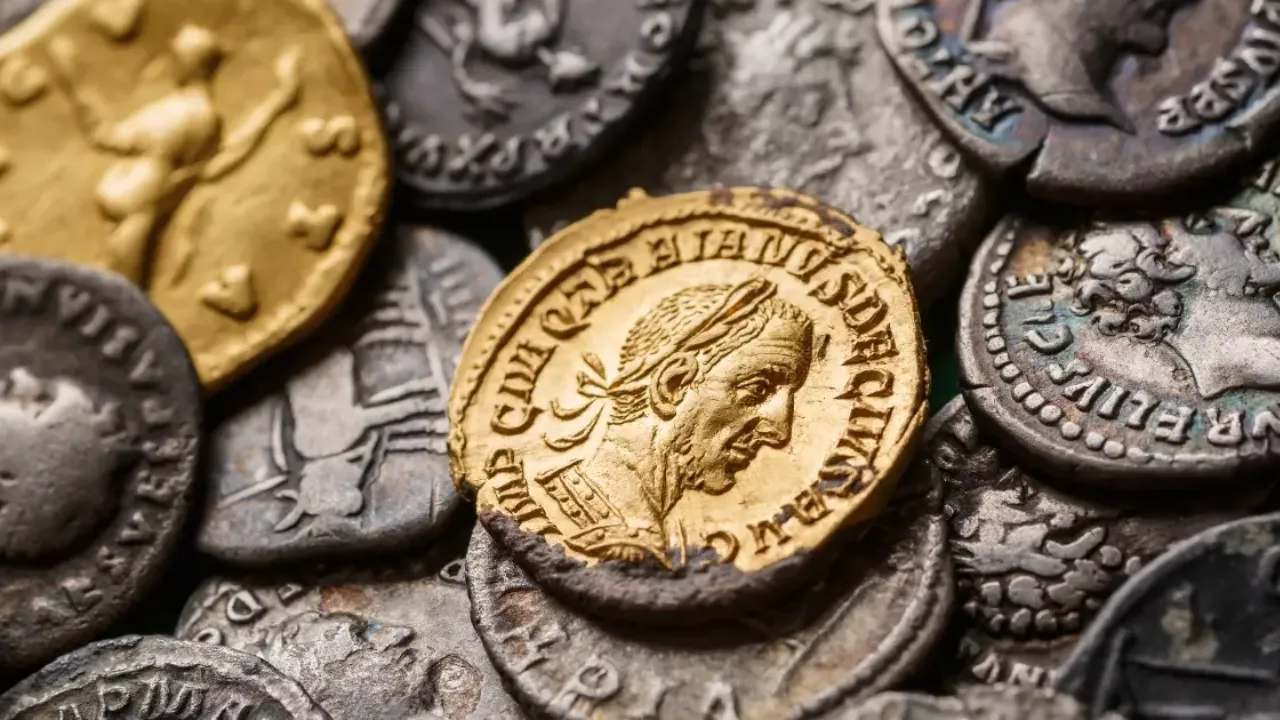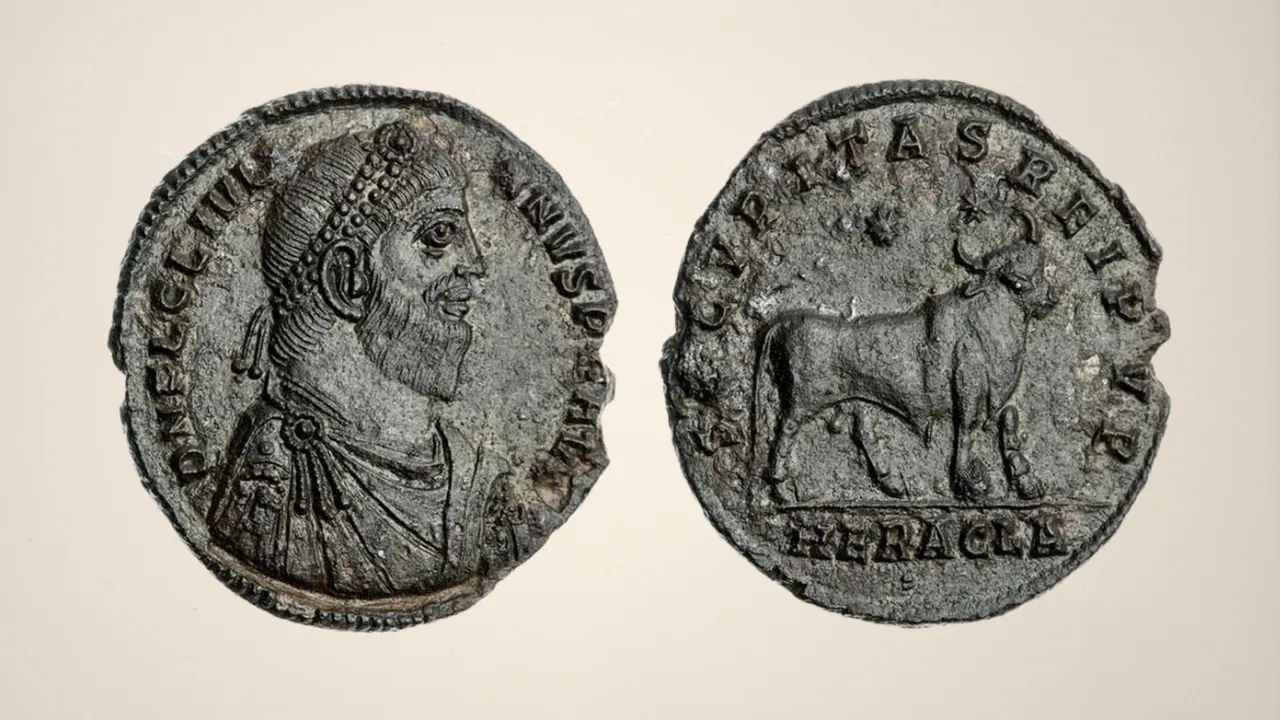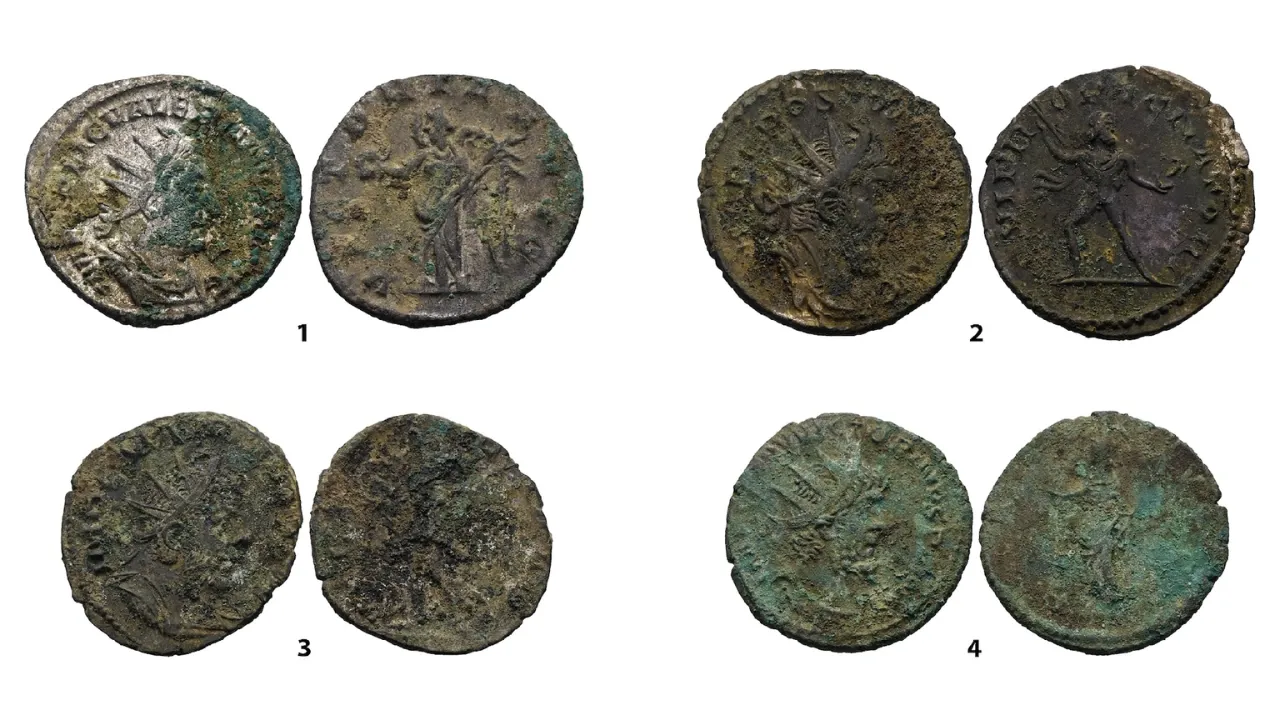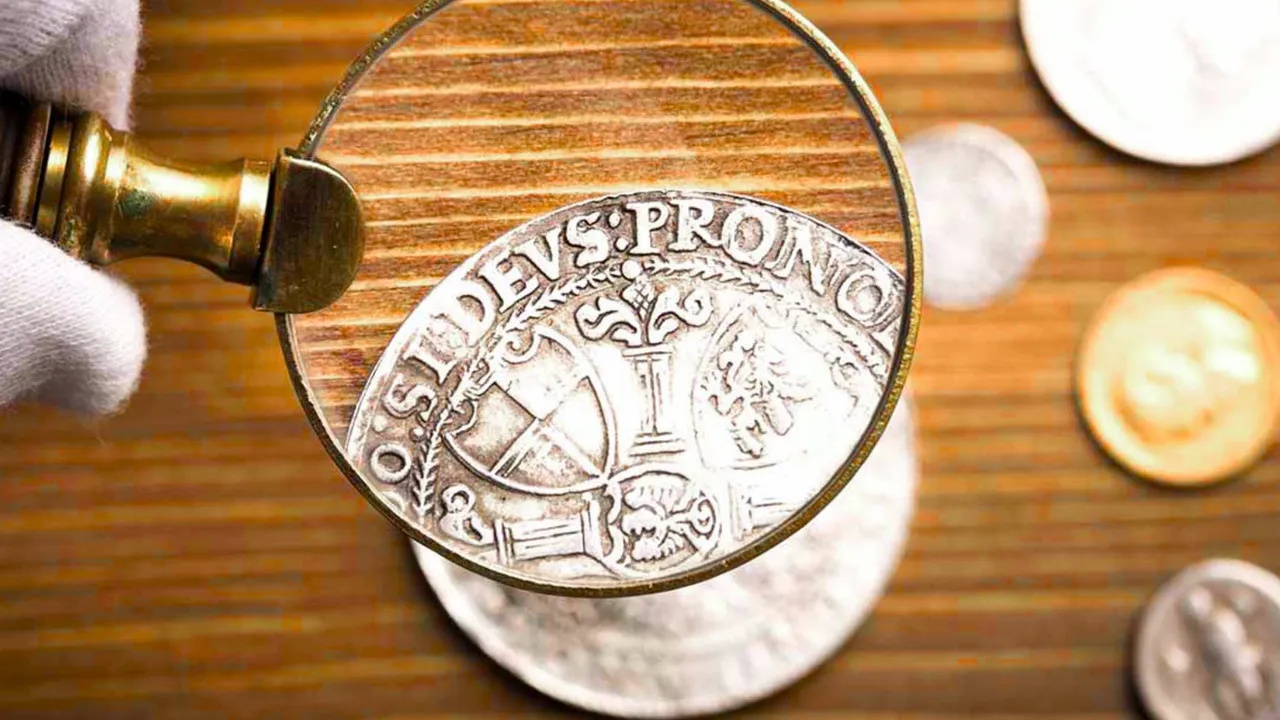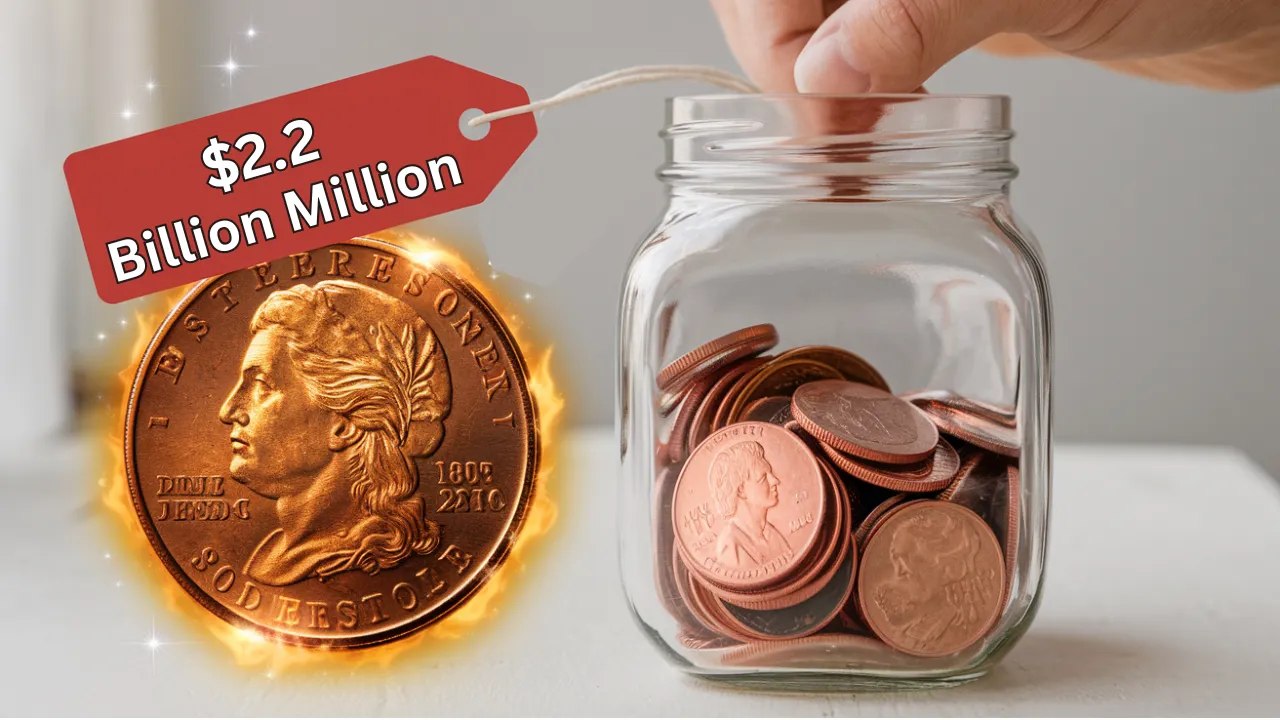Bicentennial Quarter Value: The Bicentennial Quarter Value has sparked widespread curiosity, with collectors and casual coin enthusiasts wondering if a simple pocket change coin could hold a hidden fortune. Minted in 1975 and 1976 to commemorate America’s 200th anniversary, these quarters have become a symbol of history and patriotism. While most Bicentennial Quarters are worth face value, rare versions and minting errors have fetched impressive prices in the collector’s market.
In this article, we’ll explore the historical importance of the Bicentennial Quarter, its unique design, and the factors that determine its true value. We’ll also address the ongoing rumors about a $10 million quarter and help you identify whether your coin could be a hidden treasure.
Quick Overview of Bicentennial Quarter Value
| Key Details | Description |
| Year of Issue | 1975-1976 |
| Dual Date Display | 1776–1976 |
| Designer | Jack L. Ahr (Reverse Design) |
| Mint Locations | Philadelphia (No Mint Mark), Denver (D), San Francisco (S) |
| Special Editions | 40% Silver Proof Sets |
| Estimated Value | $0.25 to $10,000+ |
| Notable Errors | Double Die, Off-Center Strikes |
| Most Valuable Sale | Rare errors, fetching thousands of dollars |
The History Behind the Bicentennial Quarter
The Bicentennial Quarter holds a special place in American history. Minted in celebration of 200 years of independence, these quarters were part of a larger coin series that included the Bicentennial Half Dollar and the Eisenhower Dollar Coin.
The coin’s reverse side, designed by Jack L. Ahr, features a colonial drummer boy, symbolizing the bravery and resilience of the early American spirit. Unlike standard quarters, these coins display a dual date (1776–1976), making them instantly recognizable.
The U.S. Mint ensured mass circulation of these coins, producing them at Philadelphia, Denver, and San Francisco facilities. Despite being widely available, certain rare versions and error coins have turned into collector’s gold.
How Were Bicentennial Quarters Made?
The Bicentennial Quarter was minted with attention to detail and craftsmanship. Here are some key points about its minting process:
- Dual Date (1776–1976): This unique feature differentiates it from standard quarters.
- Three Minting Facilities: Philadelphia (no mint mark), Denver (D), and San Francisco (S).
- Material Composition: While most were made from copper-nickel clad, a special version contained 40% silver.
- Proof Coins: Special collector’s editions were struck with mirror-like finishes and superior detail.
These unique minting characteristics play a major role in determining a coin’s value today.
Key Factors That Determine Bicentennial Quarter Value
While most Bicentennial Quarters are worth just their face value, some rare variations can be worth thousands. Below are the key factors influencing their value:
1. Material Composition
- Standard Copper-Nickel Clad: Common and typically valued at face value.
- 40% Silver Clad: Found in special collector’s sets and worth significantly more.
2. Coin Condition
- Circulated Coins: Generally worth $0.25 to $1.
- Uncirculated Coins (Mint State): These can be worth $10 to $50 depending on their grade.
- Proof Coins: Specially minted proof coins can fetch between $10 and $100 in pristine condition.
3. Error Coins
- Double Die Errors: Coins with visible doubling in text or design are highly collectible.
- Off-Center Strikes: Coins that were not properly aligned during minting can be worth hundreds or even thousands.
4. Mint Marks
- Philadelphia (No Mint Mark): Common and less valuable.
- Denver (D): Slightly more desirable in uncirculated condition.
- San Francisco (S): Proof coins and silver variants are generally more valuable.
Collectors pay close attention to these details to identify valuable coins.
The Truth About the $10 Million Bicentennial Quarter
The internet is flooded with stories about a $10 million Bicentennial Quarter, but how true are these claims? Unfortunately, they are mostly misleading or exaggerated.
Reality Check:
- No Bicentennial Quarter has ever sold for $10 million.
- The highest recorded value for a rare Bicentennial Quarter typically comes from error coins or perfect-condition proof sets, reaching up to $10,000.
Where Did the Myth Start?
The myth likely originated from misinformation online or misunderstandings about rare coin values. Collectors should rely on trusted coin grading services like PCGS or NGC for accurate appraisals.
Current Market Value of Bicentennial Quarters (2025)
- Circulated Copper-Nickel Quarter: $0.25 to $1
- Uncirculated Copper-Nickel Quarter: $5 to $20
- 40% Silver Uncirculated Quarter: $10 to $50
- Proof Copper-Nickel Quarter: $3 to $30
- Proof 40% Silver Quarter: $10 to $100
- Error Coins (e.g., Double Die, Off-Center): $100 to $10,000+
These values may fluctuate based on collector demand and market trends.
How to Check if Your Bicentennial Quarter is Valuable
- Examine Mint Marks: Look for the “S” mark for proof or silver coins.
- Check Composition: Silver coins are shinier and weigh more.
- Inspect for Errors: Look for doubling in text or designs and off-center strikes.
- Grade Your Coin: Send rare coins for professional grading at PCGS or NGC.
Tips for Collecting Bicentennial Quarters
- Build a complete set with coins from all three mints.
- Invest in proof coins and silver editions.
- Avoid cleaning coins, as it can damage their value.
- Store coins in safe holders to prevent wear and tarnish.
FAQs
1. Are Bicentennial Quarters rare?
Most are common, but silver editions and error coins are rare.
2. How can I tell if my quarter is silver?
Silver quarters have a shinier finish and weigh slightly more.
3. Where can I sell valuable quarters?
Trusted dealers, online coin forums, and auctions are great options.
4. Are error Bicentennial Quarters valuable?
Yes, errors like double dies or off-center strikes can fetch high prices.
5. Can a Bicentennial Quarter really be worth $10 million?
No. The most valuable ones are worth up to $10,000 in rare cases.
Final Thoughts
The Bicentennial Quarter Value lies not just in its monetary worth but in its historical significance. While most quarters remain common, rare versions and errors can be valuable finds. Whether you’re a seasoned collector or a curious beginner, examining your coins closely might just reveal a hidden treasure.
If you enjoyed this article, feel free to share it or drop a comment about your coin discoveries! Happy collecting! 🚀
